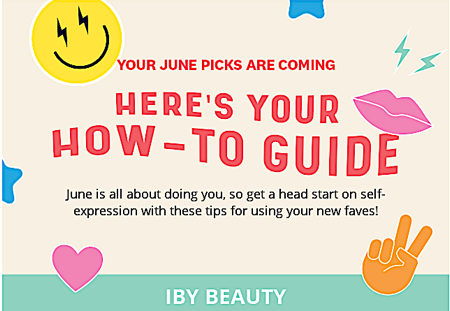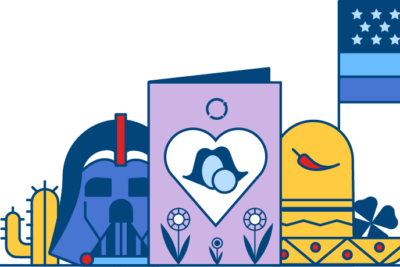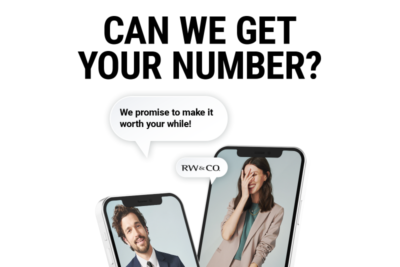The daily grind of ecommerce email marketing takes a lot of hands-on work, so something’s gotta give. For many marketing teams, strategic planning often gets sacrificed so the next email campaign can launch on time and keep sales rolling in.
Aside from feeling like you’re always running behind, operating on a campaign-by-campaign approach like this can be haphazard and unproductive. Working from a strategic plan that aligns with your company’s goals has three main benefits:
- A strategic plan guides your content decisions, offers, scheduling, and goals for each campaign.
- You can use your plan to allocate your time and budget resources effectively.
- Your plan is a road map to follow so you can grow your program into an essential revenue channel for your company.
For all its benefits, email strategy planning is easier said than done, especially for teams that handle every marketing channel, from search to social and everything in between. And managers who have never run a strategic planning session can easily get sidetracked just figuring out how to get started.
A faster way to go from planning to execution
There’s no need to reinvent the wheel when researching and building your strategic email plan. Instead, check out what leading brands in your competitive arena are doing now. When you review examples of promotional campaigns and triggered journeys, try to answer questions like these:
- What kinds of promotional campaigns do they send?
- How do they structure their automated programs like onboarding, cart and browse abandonment, loyalty, and win-back?
- What kinds of incentives do they rely on?
- How do they change their promotional strategies throughout the year?
- Do their emails hit the inbox at the same time as ours?
Whether you research your main competitors or brands you admire, you can learn a lot just by paying attention to what, when, and how they email their customers. Bonus: You’ll see what your customers who also subscribe to your competitors’ emails are seeing.
Strategic planning ideas from Subscription brands
We’re sharing email examples from four of the 143 brands in MailCharts’ Subscription industry group. All of these brands rely heavily on email marketing to achieve their strategic objectives such as onboarding new customers, growing their customer bases, and increasing revenue.
But you don’t have to run on a subscription model or compete with brands like Book of the Month Club, Ipsy, Noom, or HelloFresh to study their strategic email decisions and discover what you could adapt for your own planning.
1. Book of the Month Club: Robust onboarding
This isn’t your grandma’s monthly book subscription. Book of the Month Club has reinvented itself to appeal to a digitally savvy demographic that still appreciates the power of words on paper. Email marketing is a key driver for every phase of its program, from onboarding to retention. If you have only enough time to research one brand, make it this one.
We’re focusing on BOMC’s robust subscription onboarding journey because it’s a model any ecommerce email program could follow for welcoming new customers, showing them what to expect, and explaining how to get the best value from buying from the brand. Look for these key points:
- Frequency: BOMC sends 16 emails in its onboarding journey over 15 days. Overkill, you think? No, because each email has a specific goal to achieve.
- Variety: The onboarding journey explains member benefits, promotes referrals and its BFF loyalty group, nudges newcomers to pick out books, keeps them updated on their shipments, and invites them to engage in social media and use the club app—again, explaining why they benefit. Each email is tuned to a key point in the subscriber journey.
- Education: Monthly recurring revenue is BOMC’s bread and butter, so the onboarding process aims to engage new members quickly by understanding why they benefit from membership and nudging them to take a key action: picking out their first book. Follow-up emails explain more benefits and how their membership plans work.
- Referrals: Many ecommerce brands undersell or overlook referrals to grow the customer base. Reading is a social activity, and BOMC aims to capitalize on that by making referrals easy, with a relevant sweetener (who could resist a free book?) for the member.
-
2. Ipsy: Upselling and retention
-
If Ipsy had a motto, it might be “Always be upselling.” But the secret to successful upselling is doing it so smoothly that customers never feel as if they’re being hounded to buy. That’s a ploy that Ipsy has nailed.
Ipsy gives its members several opportunities to pick out extra beauty samples for their monthly bags, but it ups the game by using data gleaned from detailed member preference sheets to display the most appealing products. It’s a tactic that would work for brands that use cross-selling or upselling in triggered emails, like purchase confirmations or abandonment emails, but choose items from merchandise assortments rather than customer preference data.
Ipsy also invests in user education as a retention tactic. This works two ways: It helps Ipsy’s customers enjoy the cosmetics they pick, and it boosts Ipsy’s authority and relevance. Both approaches encourage users to keep using their subscriptions—a major strategic goal for any ecommerce brand.
-
3. HelloFresh: Winning at winback
The COVID-19 pandemic pushed HelloFresh onto the main stage for new or recommitted home cooks, but the brand has used email to educate, retain, and win back customers for years already.
Like other subscription meal kit services, HelloFresh has an aggressive acquisition program that relies on deep discounts to win new customers. Going all-in on win-back and retention helps the brand reduce the inevitable churn.
The company uses brand education and multiple emails aimed at bringing customers who have canceled or are in the early stages of ghosting their subscriptions to persuade customers to come back or keep subscribing.
HelloFresh’s winback journey doesn’t nag, however. It combines meal review requests, acknowledges a cancellation request, and explains how members can pause or change their orders instead of canceling outright.
A non-subscription brand can adopt this tactic in a reactivation or winback email that mentions other email newsletters or programs it offers, invites inactive customers to engage through social media, or highlights unknown benefits.
4. Noom: Incentive timing for abandoners
Noom‘s subscription abandonment journey isn’t as aggressive, but it effectively addresses two major points of resistance for prospective customers: finding the value in sharing personal health information and paying for the service.
It sends a three-email journey over 17 days. Email #1 emphasizes the customized course developed with customer-supplied answers to an evaluation with a call-to-action button that focuses on weight loss. Email #2 reads like a personal message from a Noom coach waiving the program fee so the prospect wouldn’t have to pay up first before starting the program. Email #3 repeats the Email #1 copy but reverts to the CTA button, this time reading “Try for Free.”
These are subtle changes, but they can be effective because they are on point in addressing objections.
Take your first step toward a strategic plan today!
These four brands make strategic email marketing look easy. But we’ll bet the rent that their email teams had their struggles, too.
Even the most complex planning process begins with a single step. An easy first step is to create a free MailCharts account. You can do it on your coffee break, and start planning the same day.
Search for a competitor or peer brands, look for email examples, and share them quickly with your teammates. Then just wait for inspiration to strike!









